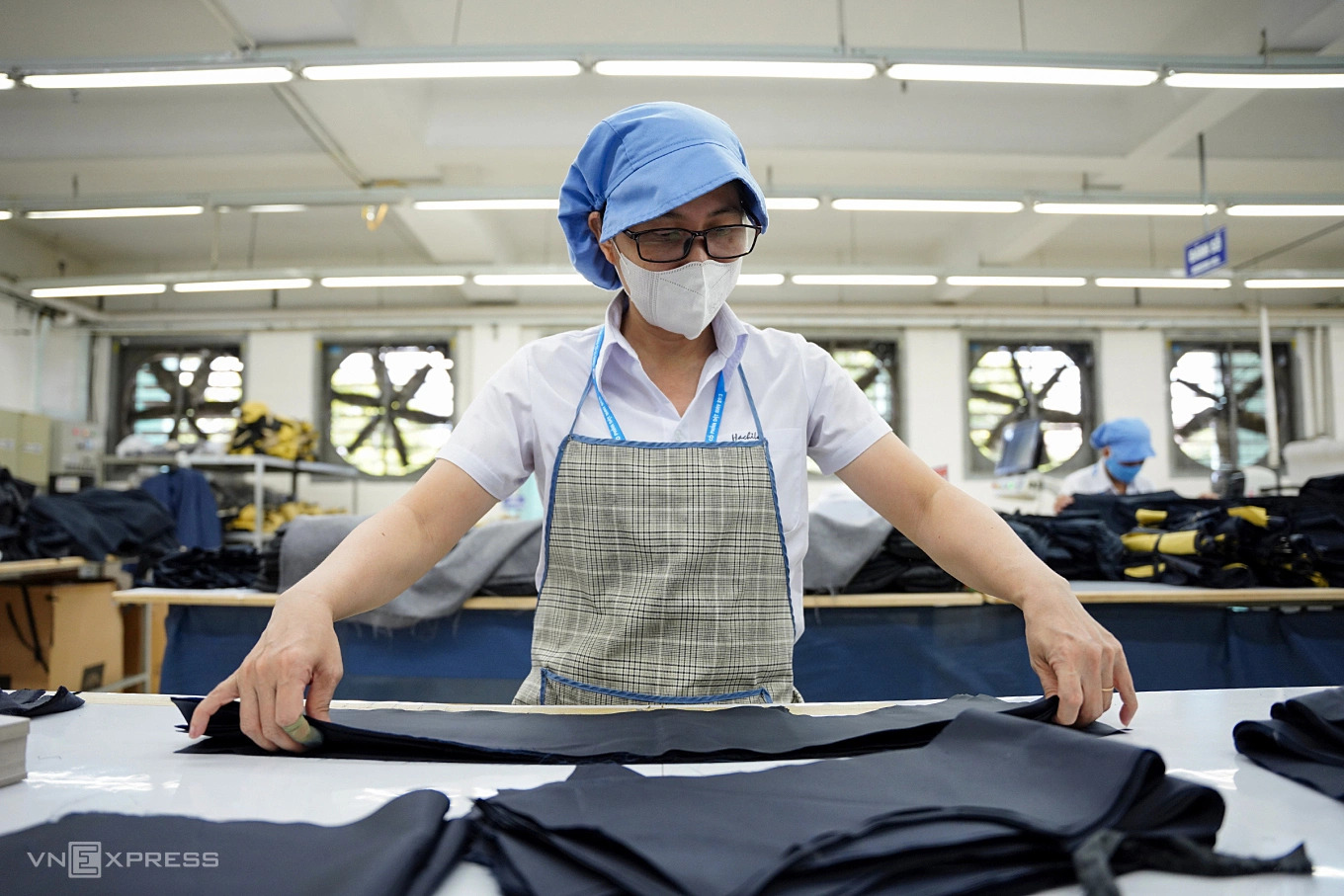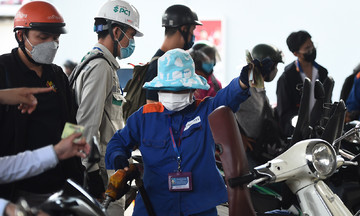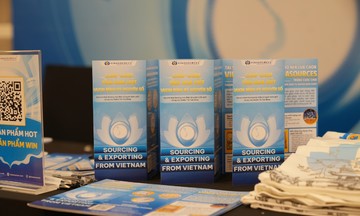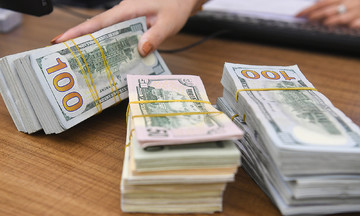Vietnam exported 44 billion USD worth of textiles and garments in 2024, ranking second globally. This year, the target is 48 billion USD. However, the proportion of recycled fiber in products is less than 5%. Meanwhile, the industry generates about 300,000-400,000 tons of textile waste annually, but only 10-15% is collected. This gap presents an opportunity for the circular textile industry.
In mid-June, Syre Group (Sweden) received an investment license to build a 1 billion USD polyester recycling plant in Nhon Hoi A Industrial Park, Binh Dinh. This is one of the largest green economic projects in the textile and garment industry in Vietnam. The plant's capacity can reach 100,000-250,000 tons per year, recycling scrap fabric into input materials for the textile, garment, and other industries.
 |
Workers at a garment company in Da Nang. Photo: Nguyen Dong |
Workers at a garment company in Da Nang. Photo: Nguyen Dong
A Syre representative said that a survey of domestic scrap sources currently meets 40,000-60,000 tons. The company hopes to increase this figure through linkages with the domestic market. This also opens up opportunities for textile and garment enterprises to participate in the circular economy, thereby increasing the value of Vietnamese products in foreign markets. Looking ahead, the company aims to make Vietnam a global center for circular textiles, applying high technology for sustainable development.
Besides the support of foreign enterprises, domestic businesses are beginning to experiment with green economic models in textiles. Faslink produces fabric from coffee grounds. TNG and Dony sort textile waste at the source. Some units are implementing blockchain technology to trace fibers and are developing fabrics from natural materials like pineapple leaves and mangosteen peels.
Fashion and apparel are among the highest-value industries in the global economy. However, according to the UN, each year, this industry consumes up to 93 billion cubic meters of water—enough to meet the needs of 500 million people globally. Its greenhouse gas emissions exceed those of air and sea transport combined. This is a major driver forcing brands to change their production and distribution methods.
Instead of the "design-produce-use-dispose" model, many brands are switching to a circular model. Research by the Ellen MacArthur Foundation estimates that these models could account for 23% of the market, opening up a 700 billion USD opportunity by 2030.
Another reason driving this trend is tighter legal frameworks. For example, the EU's Ecodesign regulation for sustainable products (effective 7/2024) prohibits the destruction of unsold textile inventory. Products exported to this market need to be labeled with sustainability certifications, demonstrating they can be easily recycled or use less fuel throughout the production process.
In Vietnam, the textile and garment industry currently accounts for 12-16% of the country's total export turnover. Vietnam's textile and garment industry statistics indicate approximately 7,000 companies employing over three million workers, with 80% of production capacity used for export and 20% for domestic consumption.
According to leaders in the Ministry of Industry and Trade, the industry's goal is to develop large-scale production chains, invest in modern equipment, automation, digital transformation, automated management, and green and environmentally friendly production. In addition, Vietnam is calling on major global brands to transfer technology and management experience, and to participate in developing raw material sources, contributing to the promotion of green and sustainable development in the Vietnamese textile and garment industry.
Hoai Phuong












